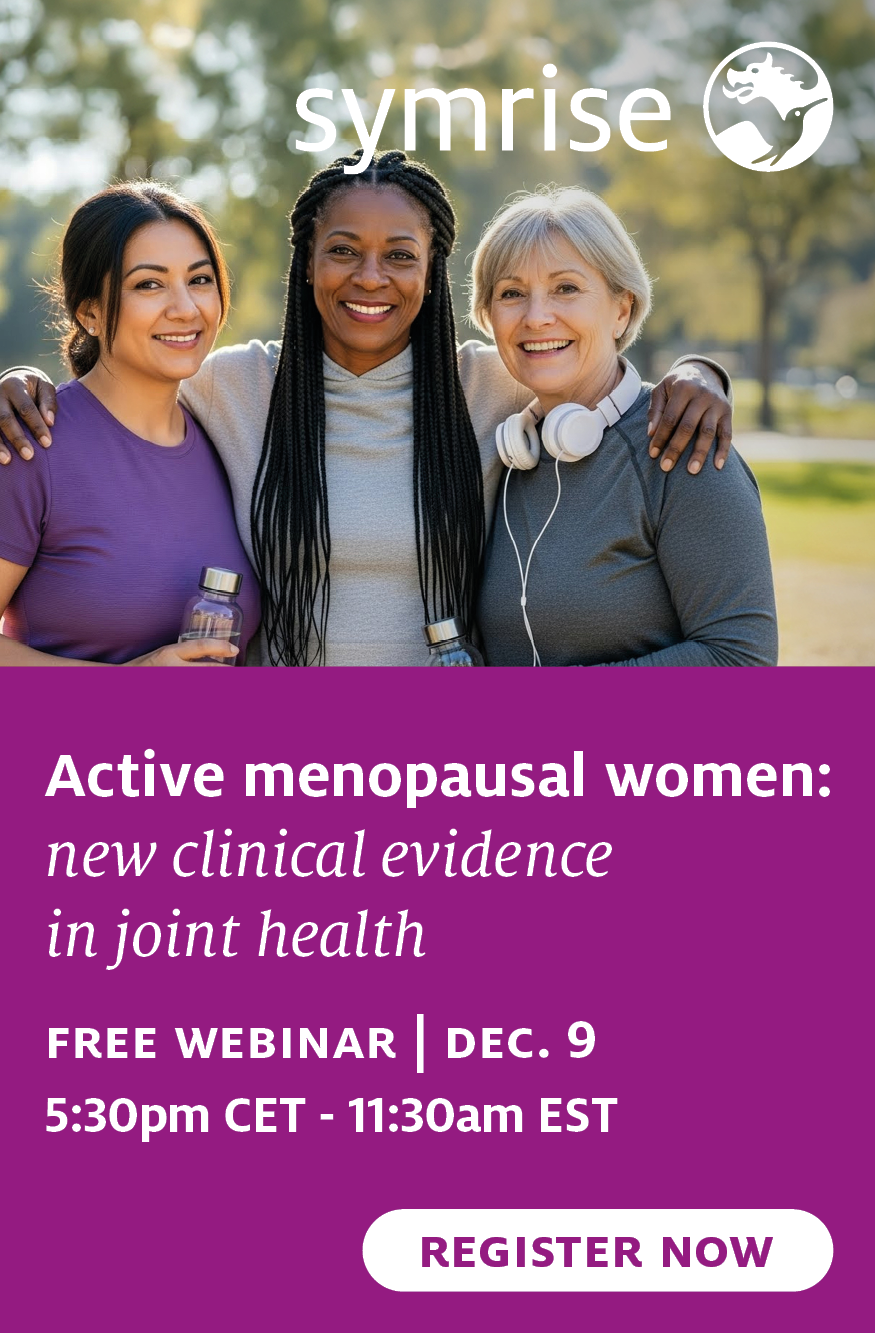Healthy Getting Healthier

The American population is becoming polarized with regard to wellness, with the healthier getting healthier and the unhealthiest becoming less healthy, according to NMI.

05/08/05 The Natural Marketing Institute (NMI), has expanded on one of the trends it has identified as having a significant impact on the health and wellness marketplace.
Trend #3: The Healthy Get Healthier: The Good, the Bad, and the Ugly.
Based on NMI’s proprietary health and wellness general population consumer segmentation model, it is apparent that the American population is becoming polarized with regard to wellness, with the healthier getting healthier and the unhealthiest becoming less healthy.
NMI has segmented the U.S. general population into the following five summary descriptions:
WELL BEINGS(TM): Driven to health by all means, including foods, supplements, and other products. Strong preference for concepts that are natural, with strong environmental linkage. 23% of the general population (GP).
FOOD ACTIVES(TM): Dedicated to health through food, especially those products with nutritional benefits. High belief in supplements for health and driven by desire for balance of diet, exercise, and nutrition. 26% of the GP.
MAGIC BULLETS(TM): High belief in the value of supplements for health, less concerned with foods, artificial ingredients, and environment. Driven by weight loss, they are late adopters, highly driven by price and less by brand. 12% of the GP.
FENCE SITTERS(TM): Neutral on most health issues, with some leanings toward natural food, but less towards supplements. Somewhat price sensitive. 18% of the GP.
EAT, DRINK & BE MERRYS(TM): Less concerned about health or the food they eat, but beginning to see the value of supplementation. Most likely to know they should eat healthier, but don’t. 21% of the GP.
According to NMI Managing Partner Steve French, “This trend is clearly evidenced by a fundamental shift of almost 20 million American adults who have migrated to either end of the health and wellness spectrum during the past 4 years. The compound annual growth rate from 2001 to 2004 for WELL BEINGS is 10.6% and for EAT, DRINK, & BE MERRYS, it’s 5.3%.”
Other statistically significant changes in attitudes within these two groups include:
92% of WELL BEINGS have added some foods to their diets in order to eat healthier,
85% of WELL BEINGS indicate that they eat healthier than they used to,
67% of EAT, DRINK & BE MERRYS know they should eat healthier but don’t, and
42% of EAT, DRINK & BE MERRYS believe that taste is more important than health.













